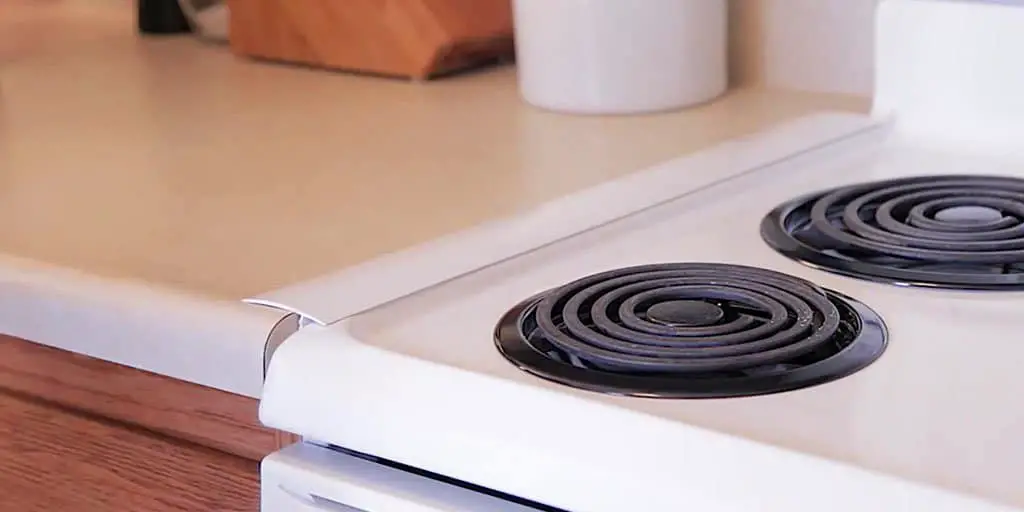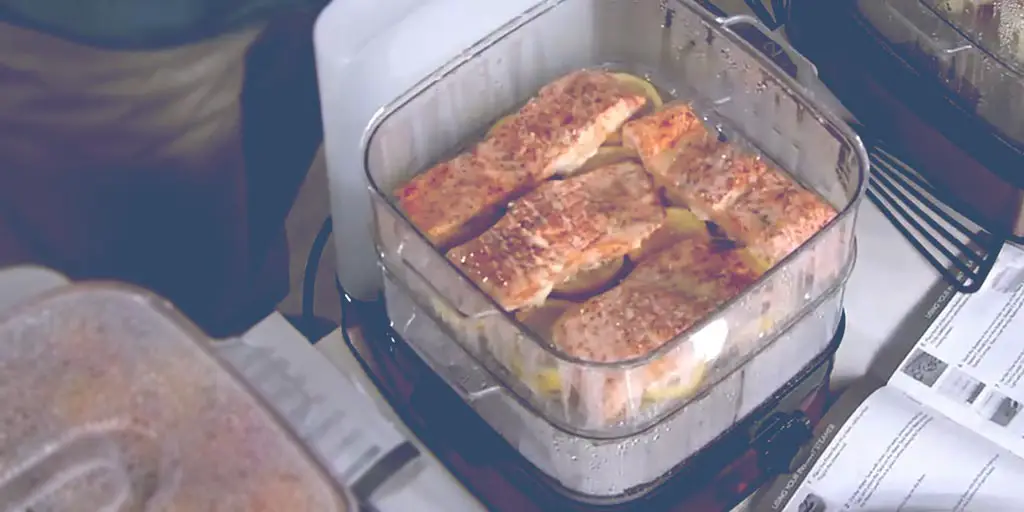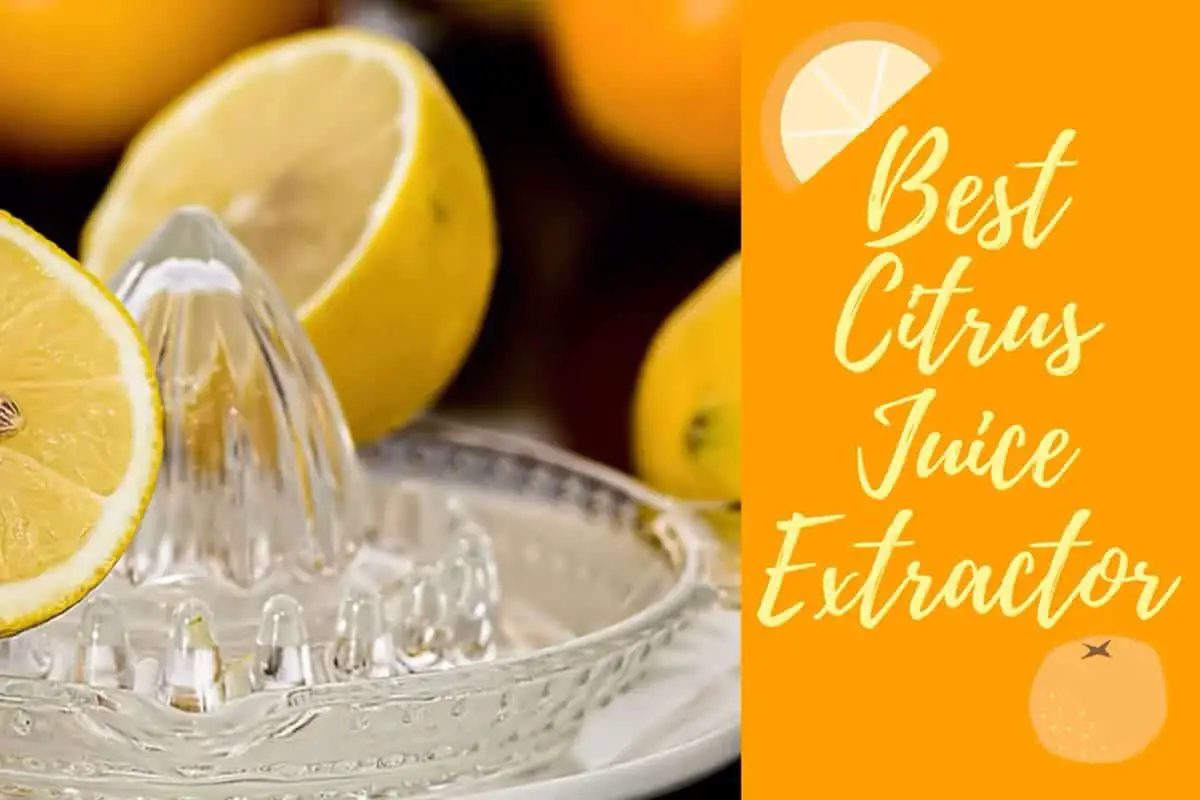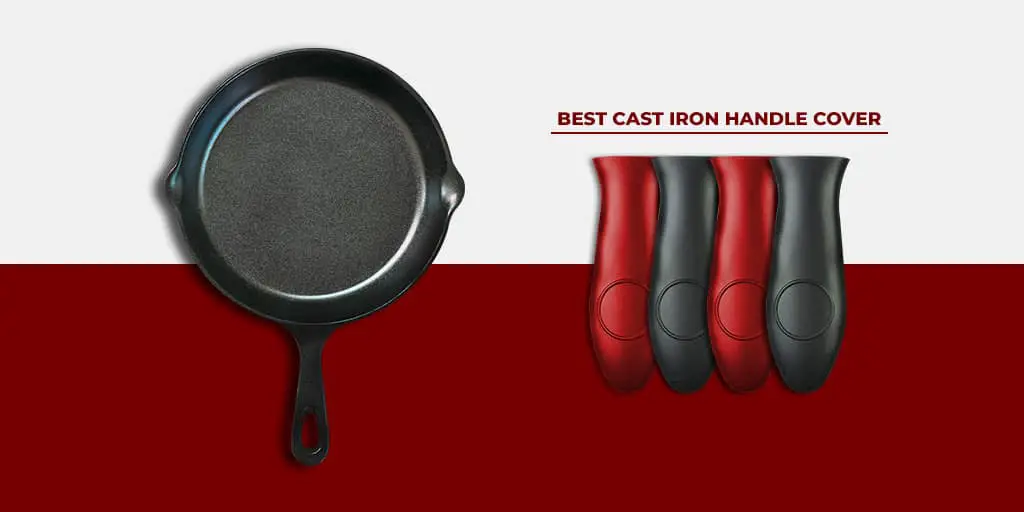Are Plastic Containers Safe For Food? BPA free?
Plastic storage is one of the most popular methods of food storage all over the world. But despite being a widely accepted system, a lot of health-conscious people tend to ask, ‘Is it safe to store food in plastic containers?’ We tailored this post specifically to answer this question based upon a few essential factors.
The straight-up answer depends on what grade of plastic and which method you are using for storage. If you are someone who uses plastic containers for storing food, here is everything you should know to ensure your safety.
Contents
Is It Safe To Store Food In Plastic Containers?
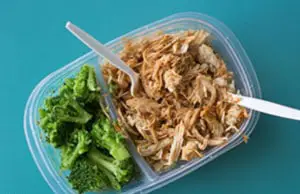
If you’re storing food in a plastic container that’s certified as BPA free, then you’re in the safe zone. But if you’re using the one-time plastic containers from the local discount-store, then we’ve got some bad news for you.
The thing is if you’re looking for a yes-no answer on the internet, you’re not going to find one. Why? Because your choice of containers and method of use plays a big role in determining whether it is safe or not.
We have carefully categorized the elements and discussed the right way to use plastic containers for food storage. Keep reading to know all the essential information before storing food in these containers.
Which Plastic Containers Are Safe For You?

Just like all containers available in the market aren’t harmful, all of them aren’t safe as well. So what exactly makes a plastic safe or dangerous in the first place? The manufacturing method and purpose of manufacture are what determines the safety of a container. Usually, an ideal plastic container does not release BPA.
Think about it. If the container was not made to store food, then it’s obvious that there are going to be health issues if it’s used for that purpose. We’ve got some crucial information that is going to help you distinguish the good from the bad.
In the ever-growing competitive market today, only a few plastic storage containers for food are deemed as safe. Always make sure that you have done your bit of research before shopping for containers.
What is BPA?
Bisphenol A, otherwise known as BPA, is a plasticizer. Manufacturers use this in large amounts to commercially produced lightweight plastics. You will find this synthetic compound in almost all sorts of polycarbonate plastics and normal plastics as well. Plastic containers for storage also contain BPA.
Statistics show that the United States single-handedly produced around 1.06 million metric tons of BPA in 2018. Even though this is the highest recorded volume, the value has always been more than 0.9 million metric tons since 2000. All these BPA are used to produce various plastic products in our everyday life.
Why Is BPA Harmful To You?
BPA will have several harmful effects on your health, especially if it manages to get into your bloodstream. But how does it reach your bloodstream if you never consume it directly? This is because the BPA gets leaks into your food when you heat the food in plastic containers.
BPA is a disruptor of endocrine. Safe plastics for food storage are mostly BPA-free or very low BPA.
Plastic container users and health officials from various user forums have reported these effects after usage:
- Bisphenol A disrupts the functioning of your hormones.
- The human body has a hard time distinguishing it from estrogen, due to its technical characteristics.
- Exposure to BPA may cause adverse effects on infants and children. Especially on their brain and prostate gland.
- Long term exposure to BPA may result in reproductive disorder, heart diseases, and Diabetes (Type 2).
- Sudden symptoms of breast cancer and asthma in adults are also related to BPA consumption for longer periods.
According to The Center for Disease Control and Prevention (CDC), their scientists ran a urine test. The results showed that everyone tested in the US had the synthetic element present in their body. BPA under a certain limit does not affect the body, but we still have to steer from the risk.
Safe Plastic For Food
Remember that all plastic containers made for storing food are not safe. Check under the container for a recycling code. It’s the small number within a triangle. Usually, this number ranges from 1 to 7. There are exactly two things you need to know to find out which plastic containers are safe:
- The containers marked with 1, 2, 4, and 5 contain safer grades of plastic.
- Avoid containers marked with 3, 6, and 7 since they contain PVC, polystyrene, and BPA. This simple rule of thumb can take you a long way in maintaining good health.
The Right Way To Use Food Safe Plastic
Lastly, we decided to let you know about the right way to handle your plastic containers. Here are the top 5 pro-tips for people who are concerned about proper maintenance:
- The most useful suggestion is to use the safer grades of plastic only!
- Recycle the ones that don’t fit your safety benchmark.
- Avoid putting your containers in high heat environments, especially ovens and dishwashers.
- Try to keep your storage for plastic containers limited to cold foods only.
Conclusion
No more wondering if is it safe to store food in plastic. Now you are equipped with the knowledge to distinguish the good from the bad! Every small step to avoid harmful plastic is equivalent to a big step towards a healthy life. Use your knowledge wisely to ensure the safety of you and your loved ones.
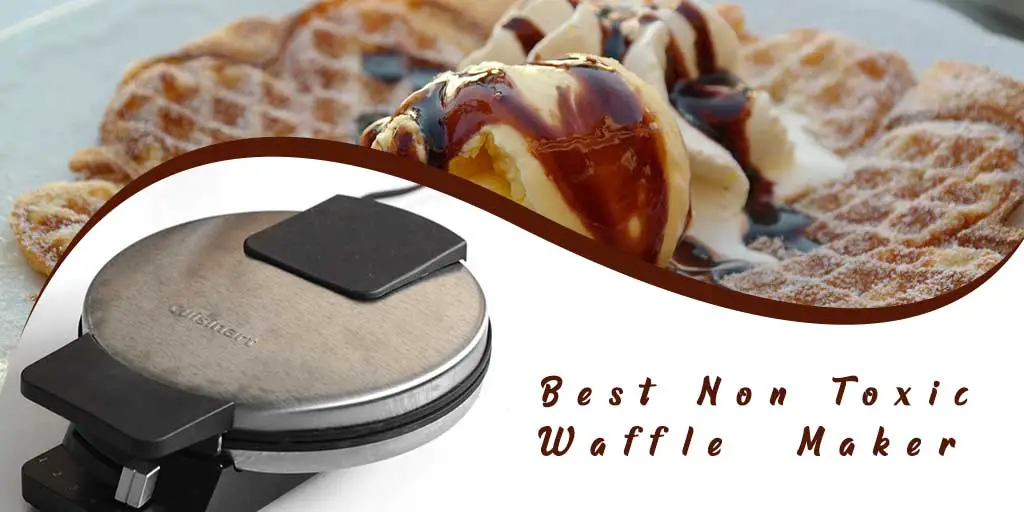
![Best Heat Diffuser for Gas Stove [Buying Guide] 2022](https://verybestkitchen.com/wp-content/uploads/2019/11/best-heat-diffuser-for-glass-cooktop.jpg)
